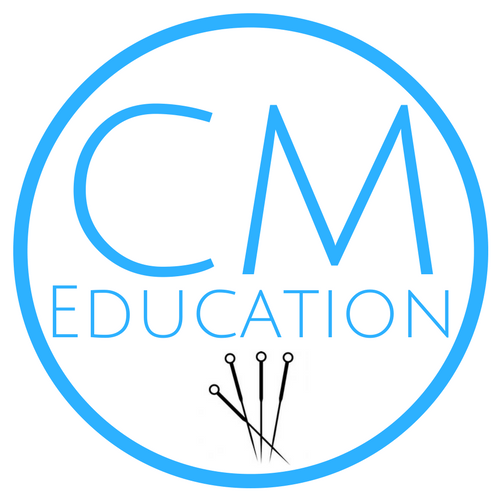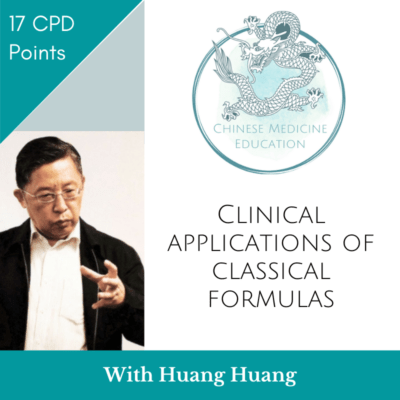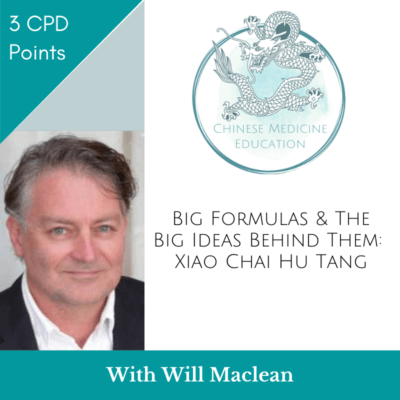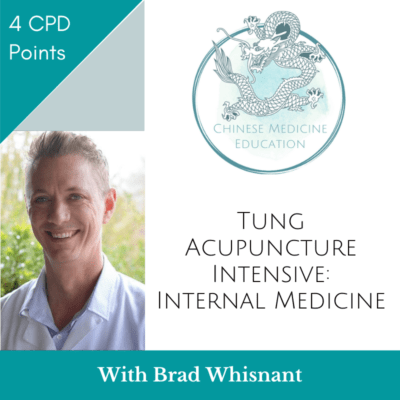Description
Learn how this balanced herbal formula combination of Xiao Chai Hu Tang (from the Shang Han Lun) and San Ren Tang (from the Wen Bing Tiao Bian) work synergistically to harmonize and clear complexity in this Level 1 integrative herbal formula webinar.
A Modern Approach to the Formula Combination Xiao Chai Hu San Ren Tang (Wind Tea)
Maximizing and understanding this formula combination in the treatment of complex mixed patterns- Herbal pharmacology and clinical applications
This two part webinar is LEVEL 1 of a webinar series to come by Dr Andrew Miles and Breeana Xiong looks to explore a deeper understanding of how this herbal formulation works backed by pharmacology research so practitioners have more confidence in their prescriptions and in being able to communicate effectively with healthcare practitioners about pharmaco-properties of the individual herbs according to research studies.
In Part 1, Andrew and Breeana will be discussing modern considerations for causative factors of disease, incorporating Shang Han, Pi Wei Lun principles of understanding into the modern age, as well as discussing the modern causes of dampness as well as biofilm pathogenesis.
In Part 2, Andrew and Breeana will be disseminating the modern pharmacology of the individual herbs as well as the Chinese Herbal Medicine Principles and understanding with an integrative focus.
*Part 2 includes methods of using the product Wind Tea (Tea bag form of Xiao Chai Hu San Ren Tang), Wind Tea herbal quality and why this matters, pharmacology properties and some key chemical constituents of individual herbs. This allows practitioners to speak a common language when justifying their prescriptions while working with other healthcare practitioners.
What You will Learn
Part I
- Founders and popularization of this formula combination
- Chinese Herbal Medicine- Basic historical timeline according to Dynastic periods along with context and why this matters in the modern age
- Basic overview of internal and external causative factors and strange diseases
- The factors you now must consider in the modern age to effectively treat the modern patient in front of you, including where does cold damage now come from in modern society
- Pathomechanisms of TCM damp creation and disordered Qi Mechanisms
- Complex diseases/ patterns that is difficult for orthodox medicine to treat but which you can use this formula combination- including the pharmaceutical medication that is currently being used to manage these conditions along with their side effects
– Chronic Inflammatory Response Syndrome (CIRS)
– Small Intestinal Bacterial Overgrowh (SIBO)
– Chronic Hepatitis B and C
– Fibromyalgia - Biofilm formation and pathogenesis and why this is a problem
Part II
- Xiao Chai Hu Tang and San Ren Tang- Origin and Traditional uses- Individual traditional indications and Key SSx for Xiao Chai Hu Tang and San Ren Tang use
- Modern Indications and mechanisms of Xiao Chai Hu Tang backed by research
- Summary of Xiao Chai Hu Tang and San Ren Tang herbal pharmacology – Individual herbs ..i.e. major bioactive compounds-
- Traditional mechanisms of individual herb synergy- Diagram for Xiao Chai Hu Tang and San Ren Tang
- Wind Tea (Xiao Chai Hu San Ren Tang) dosages
- Wind Tea herb harvesting, quality control and assessment
- Wind Tea (tea bag and produvt focused) prescription methodology including treatment principle, dosage and preparation
BONUS CONTENT:
1. Wind Tea Demo for practitioners and patients
2. 3 mixed patterns Case Studies (NOTES ONLY) – Using Wind Tea and other products (including granules and herbal footsoaks)
– Fibromyalgia and Chronic Fatigue Syndrome
– HBV & Hypertension
– Unrelenting Anxiety and Stress
Details
- 3 hours and 36 minutes of video footage PLUS Course Notes
- 3.5 CPD points
- Wind Tea Demo for Practitioner Reference and to link to Patients – link available to free view
- Bonus Case Studies
- 5 Year Access







Reviews
There are no reviews yet.